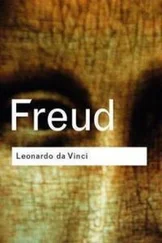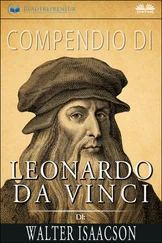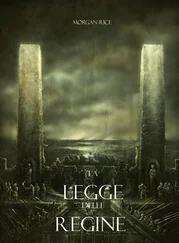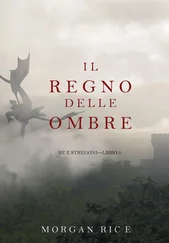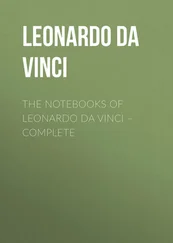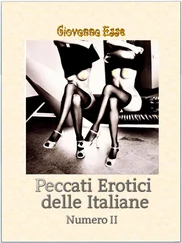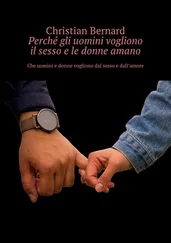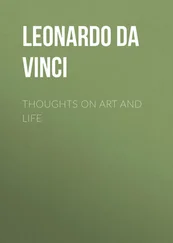Leonardo di ser Piero da Vinci, Leonardo Figlio di Piero di Vinci, Leonardo in brief, was already eulogized and praised as the universal genius of human history even when he was alive. The illegitimate son of a notary from rural Tuscany had come a long way. He spoke to rich patricians, spoke to ambitious princes and ruthless generals, but also to vain kings and sumptuous popes. Leonardo had a hectic life behind him, full of events and successes. Vinci, Florence, Milan, Pavia, Rome, Mantua, Venice, Milan, Amboise: Leonardo had travelled restlessly from city to city, from master to master, from battle to battle, always in search of completing any commission, guided by his unstoppable ingenuity, always wanting to transcend the limits of human knowledge. No order was too delicate for the notorious perfectionist, no new way too dangerous or too arduous, no new task unsolvable. All the phenomena of nature and man were worth to Leonardo to be faced and explored. He was always inspired to expose the lawfulness of life, always crossing the fine line between the forbidden and the allowed. There was nothing to reproach, for he had followed only common sense, the finesse of time and the transience of earthly life at all times.
Leonardo set new standards in painting, architecture and sculpture, also as a musician, mechanical engineer and inventor. He noted his valuable practical knowledge acquired as an inventor of cryptography. He wrote it down in mirror writing, writing the letters as if they were reflected by a mirror, from right to left, as if he wanted to protect his knowledge from prying eyes and the access of nefarious contemporaries. The artist, the inventor and the scientist parts of Leonardos persona complemented each other in a perfect way within himself. Never has a person received such a complete education. He also illustrated "his experiences" with disturbing drawings that described reality much more than elaborate essays. His enemies and other envious people had publicly described him as a sodomite, as homosexuals were then called to hurt and discredit him. Leonardo endured the fierce attacks with unprecedented kindness and patience. Wasn't his homosexuality also desired by nature?
His breathing suddenly became considerably heavier. He felt the weight of his 67 years with every movement. Some parts of his body did not react as he wanted. Now that he was retracing the most important stages of his life, he felt a great sense of gratitude. Not many people in his time were allowed to age as he did. Examples of a premature death abounded, even in his artistic environment. His great Florentine benefactor, for example Lorenzo de' Medici, who had established a bright age, had only lived 43 years, despite his money, power and reputation. His great master Andrea del Verrocchio, in whose workshop Leonardo had learned the various techniques of art, had died at the age of 53. When the plague or other contagious diseases spread, there was no way out. Infectious diseases, for which there was no antidote, did not take into account age and wealth, nor social status and beauty.
Leonardo perceived material wealth as very fleeting and ephemeral, a thought that was confirmed many times during his long career. Every time he considered himself at the height his personal and professional success, suddenly something happened that put everything in question. Sometimes he was very unlucky, after being kissed by luck many times. Looking back now, he had the feeling that he had often been in the wrong place at the wrong time or that he had bet on the wrong people. But one thing he had learned despite everything: money was moody like a first woman and not worth being adored like a mama. Even though he used to gnaw on hunger, he didn't really care about money. Friendship was more important to him than anything else. At home in Florence, Leonardo was known for never having overestimated the role of money. His magnanimity and generosity were known in the city. It was said that if customers insisted on giving him an advance, he always replied that he didn't paint for the money and therefore didn't need an advance. Not only about this attitude towards money, he held real lessons, but also about his love for nature and wildlife, while wearing the clothes of the teacher and preacher. In this way Leonardo, unintentionally, clearly retraced the footsteps of St. Francis who, more than two centuries earlier, had not only written magnificent poems with his famous hymn Canticle of Creatures, but who had also shown that in the Middle Ages it was not necessary to know Latin to speak in the vernacular literature of the universal themes of man. St. Francis had shown that love for nature, creation and God could also be expressed in the language of ordinary people. St. Francis, who had become immortal through his vow of poverty and humility, used the vulgar Italian language of his time to reach the hearts of humble people. This is exactly the purpose that Leonardo also wanted.
Leonardo's love of nature was so deep-rooted that at festivals and markets he bought birds offered by merchants in cages and freed them in front of the amazed merchants. This gesture was often met with malice and surprise by bystanders. For ordinary people, the capture of birds was the only allowed in feudal society and they were the only animals that could be captured and killed without punishment. Leonardo did not tolerate, however, this evil treatment of such adorable creatures from the heavens.
But at this time of departure there was no time for philosophical-natural thoughts. Even at this difficult time Leonardo thought more practical. He was not plagued by the wearisome fear of death. There was no sign that fear of dying would take away his dignity. Even at the hour of his death, Leonardo remained calm and had the notary Guglielmo Boreau called to his deathbed, so that earthly things would be regulated after his death according to his last will. In the presence of five other witnesses and his inseparable favourite pupil Francesco de' Melzi, the master quietly tried to dictate his last will to the diligent notary. It was April 23, 1519. His other favourite diabolical pupil Gian Giacomo de' Caprotti alias Salaj was not present in this difficult hour. Yet for 27 long, beautiful and turbulent years they had shared a table, a bed and a job and had crossed Italy and France far and wide. Leonardo had welcomed him into his workshop at the age of ten: first as an odd job boy and servant, but soon he became both a favourite pupil and his inspirational muse. How many times had Salaj served as a model for him and how many times had he put his hands on paintings in which "Maestro Lionardo" had simply lost the desire to finish them. Two years before, Leonardo's and Salaj's routes had surprisingly separated. Was there jealousy at stake? In any case, Salaj had returned to Milan, where he had built a house on Leonardo's property at the convent of Santa Maria delle Grazie which Leonardo had received from Ludovico il Moro. Right next to that monastery where Leonardo had made himself many admirers with his magnificent fresco of the Last Supper of Jesus but also theologically many enemies.
The place of Gian Giacomo de’ Caprotti, now visible to all, had been taken by the faithful Francesco de' Melzi, who would have been the reason for some quarrels among his favourite students. Now Melzi was appointed by Leonardo as an executor. Gian Giacomo de' Caprotti, on the other hand, was very far away. Between Amboise and Milan there were long, arduous and boring days of travel. When Leonardo's health worsened and his death seemed imminent, Francesco de' Melzi sent a letter to Gian Giacomo de’ Caprotti who left immediately. But so far he had not arrived. Could he see his beloved Master alive for one last time?
Leonardo sensed that his life force was about to end. It was a law of nature, which he accepted without complaining. He closed his eyes for a moment and saw himself as an eccentric young man, dressed as a coloured parrot, walking in a colourful and sharp Florence. When he reopened his eyes and had to face reality again, he was racking his brains over a suitable place for his burial. Where did the great artist, prince of the Florentine Renaissance, want to be buried? Did he want to be transferred to his beloved Tuscany, in Florence after his death? Where were other great artists of the city buried? Where did your brilliant artistic career begin? Although Leonardo had become the ambassador of Florence and had brought his way of life and his sense of beauty to the world outside Florence, to the princely courts of Italy and Europe, somehow, however, at the end of his life, he felt betrayed by the city that had catapulted him to the Olympus of art. He embodied like no other the unprecedented era of art in the city on the Arno, which took place between 1450 and 1550 mainly at the behest of the Medici and would later be called "Renaissance" and "spirit of the Renaissance".
Читать дальше

